Stunning Macro Images Of The Unique World Of Seasonal Ponds
A Conservation Photographer Has Documented The Unique Biodiversity Found In Appalachia’s Seasonal Ponds And Released A Free E-Book.
Steven David Johnson is a photographer and conservation professor in Virginia whose work has been published in several magazines such as Nature Conservancy, Virginia Wildlife, Orion, and others.
Johnson has devoted his life to documenting the natural world. He is the Vice Chair of the Virginia Forestry Committee and a member of the International Association of Conservation Photographers.
Stunning Macro Images Of The Unique World Of Seasonal Ponds

Raised as a child in rural western New York state, Johnson was surrounded by forests, ponds, and the Genesee River throughout his life, so newts, toads, and fireflies were a regular part of his childhood exploration. Her love of nature began following an art course with a photography focus in college and continued until she completed her master’s degree in digital media.
As an adult, Johnson moved to Virginia in 2005 and became a professor of photography at Eastern Mennonite University. He says nature photography has become a way to understand and communicate about his new environment, most importantly, learning about central and southern Appalachia, which provides biodiversity hotspots for more than 50 species of salamanders in Virginia.
Johnson says it honed his macro photography skills; Because he learned to record salamanders, frogs, and other hidden life forms in the forests. He eventually experimented with underwater photography to capture complete life cycles.
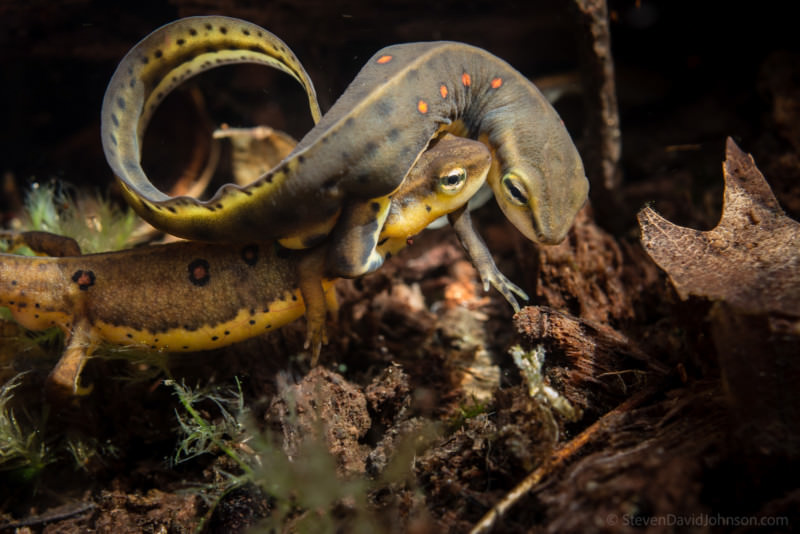
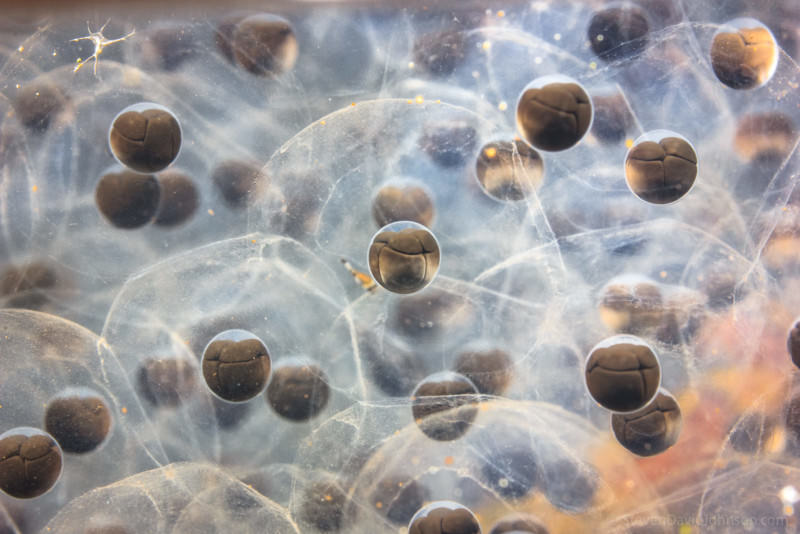
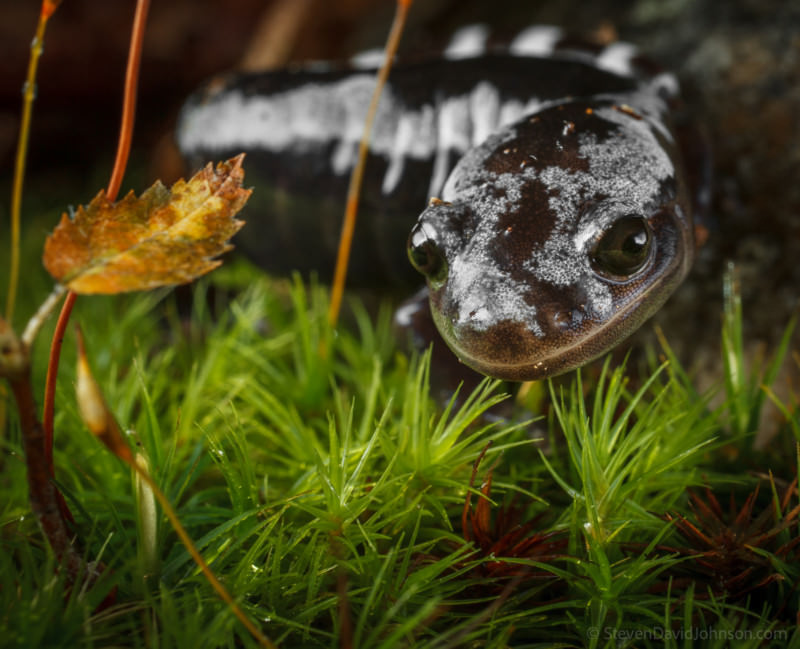
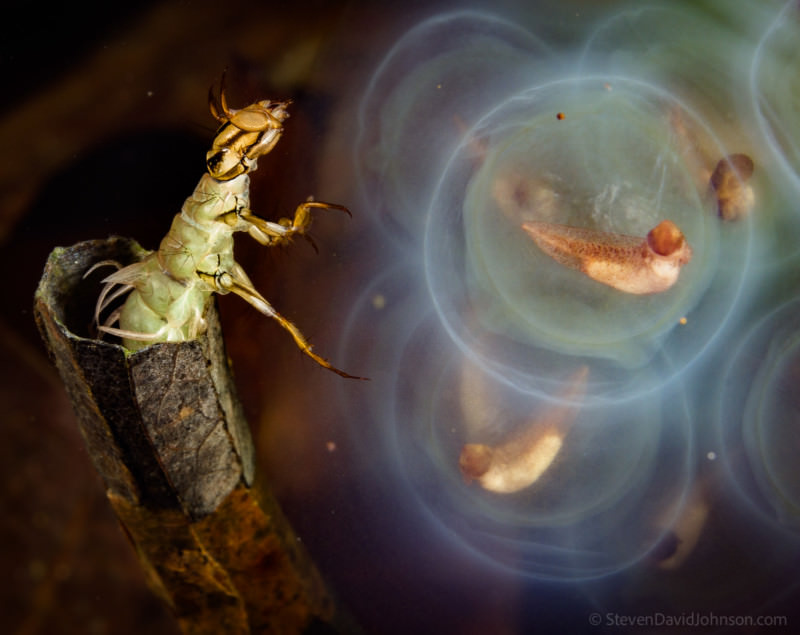
Appalachia’s seasonal ponds, the central scene of Johnson’s photographic work and the basis of his e-book, are temporary pools of water formed by seasonal rains and snowmelt. This environment, for many.
Egg-laying creatures are ideal. The ponds host amphibians and large invertebrates in the late winter and early spring.
Johnson writes in his e-book:
A small world of beauty and complexity deserves to be appreciated and protected.
Although the documentation of life cycles in seasonal ponds is sporadic due to the annual occurrence of similar events, each year brings a new layer of complexity, depth, and discoveries about the behavior of organisms in ponds. It’s a dramatic cycle that happens on a minute scale, Johnson explains.
Johnson’s goal is not just to capture biodiversity and behavior but also to “help viewers experience an emotional connection with the amazing creatures that live in seasonal ponds.” This means approaching the subject with a perspective below the horizon using macro and wide-angle lenses.

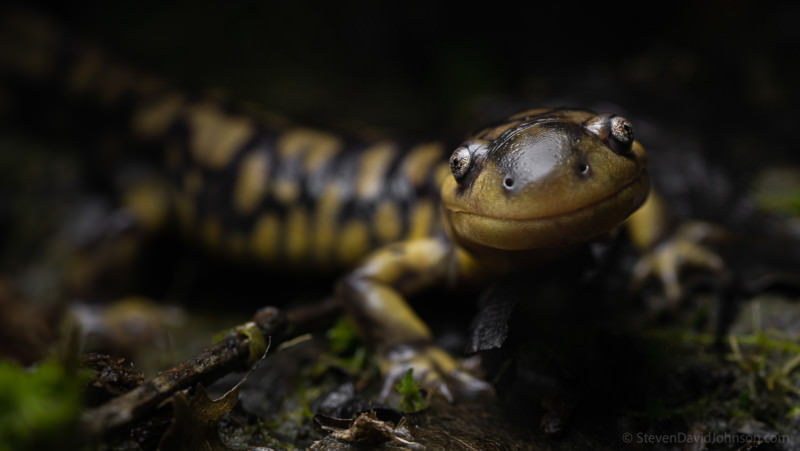
Johnson uses two sets of cameras to capture the amazing underwater world. The first is the Sony Alpha a6500 camera and the Sony f/2.8 macro lens or the Sony 16-50mm f/3.5-5.6 lens with the Nauticam WWL-1 Wet Wide lens. His other camera is the Sony a7R III with the Sony FE 50mm f/2.8 macro lens or the Venus Laowa 25mm f/2.8 2.5-5X Ultra-Macro lens.

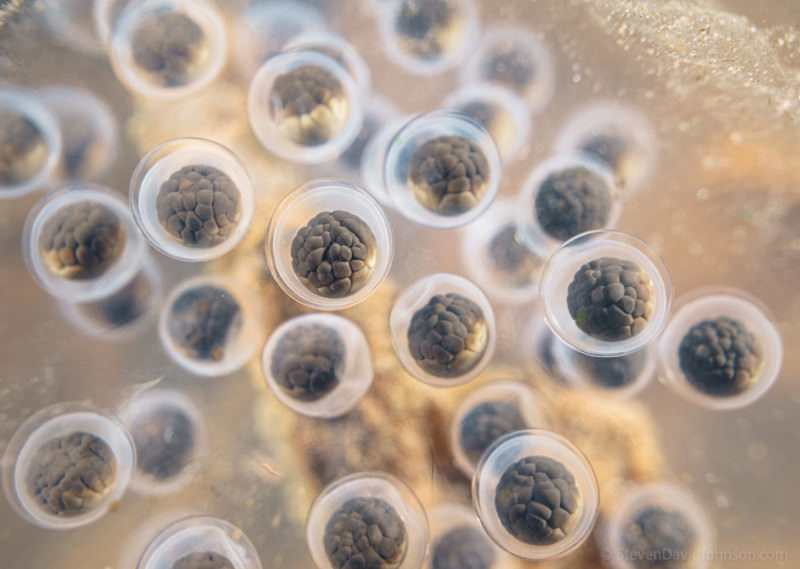
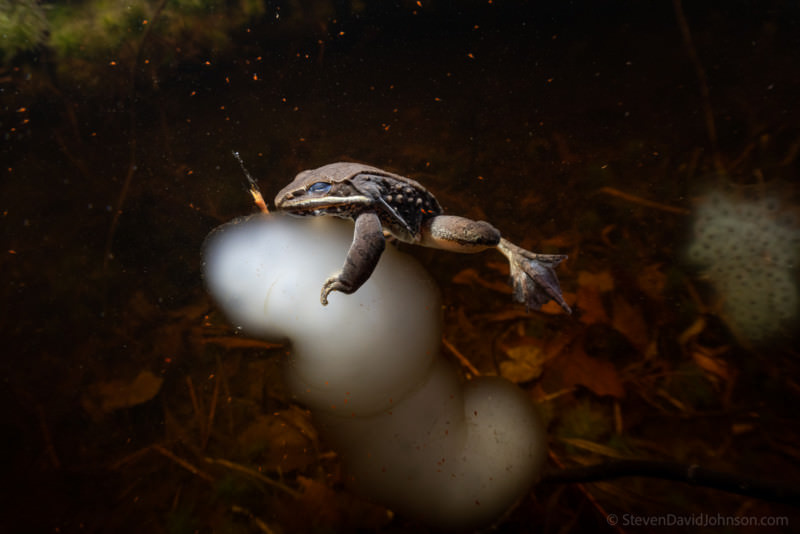
Johnson switched to mirrorless cameras in recent years; Because he says the LCD viewfinder is much easier to see than the optical viewfinder when the camera is submerged in water. However, in deeper ponds, it is sometimes necessary to place the camera several feet below the surface of the water, making it difficult to view the LCD. Occasionally Johnson would position the camera and focus without actually seeing the camera screen.
Late-night photography during winter and early spring doubles the need for good lighting.
Johnson says:
I often test lighting setups on action figures at home before going on stage.
Although this is his choice of equipment, Johnson explains that it shouldn’t scare beginners. Equipment for shallow and freshwater photography can range from simple setups like a waterproof phone to full-fledged underwater housing and video lights. For a photographer who is learning and developing, using a smartphone can be enough to try documenting aquatic life, especially if they succeed in choosing an app that allows manual focus and time-lapse underwater. Smartphone add-on lenses that will enable macro or wide-angle photography underwater can be helpful for photography and videography with a video-capable phone.


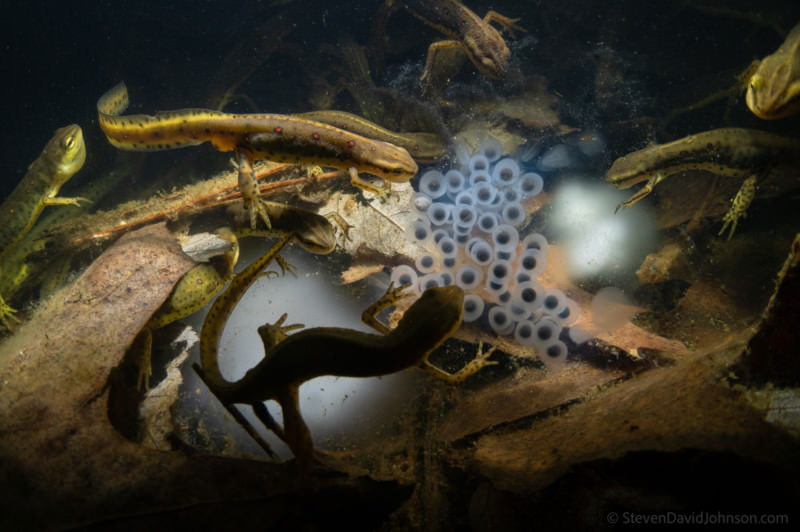
As an experienced professional, Johnson is familiar with health and safety practices. For example, when he descends into deeper water in his suit, he moves slowly and chooses his steps carefully. To reduce the possible disease transmission, he dips his boots in a mild bleach solution and cleans the dirt between the holes and seams. Johnson also notes that he avoids using insect repellent because it may affect sensitive freshwater environments.
Johnson also says it’s essential to have a reliable GPS; Because this type of work requires photography in dark forests and additional battery load for the equipment.
The Johnson layers up to protect himself and his equipment from the rain, carrying a cloak and a camera bag cover.
He also started wearing shoulder-length waterproof gloves to increase his working time; ponds can be numb to the fingers early in the season.
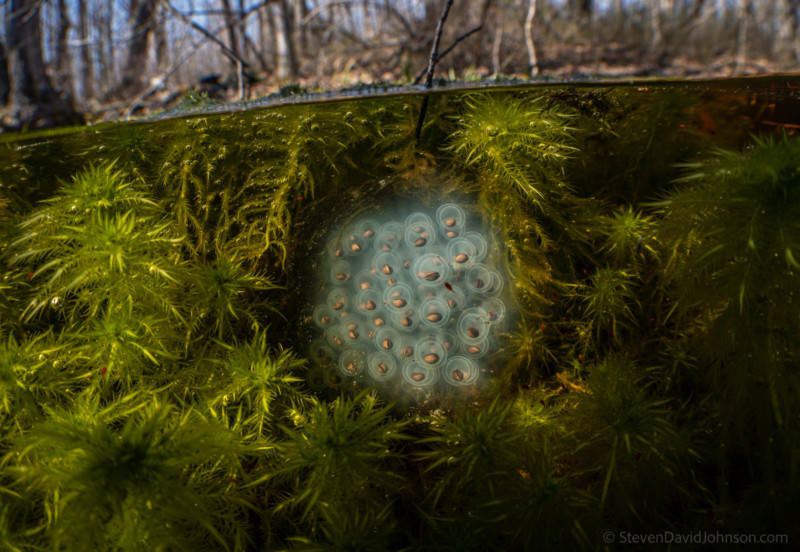
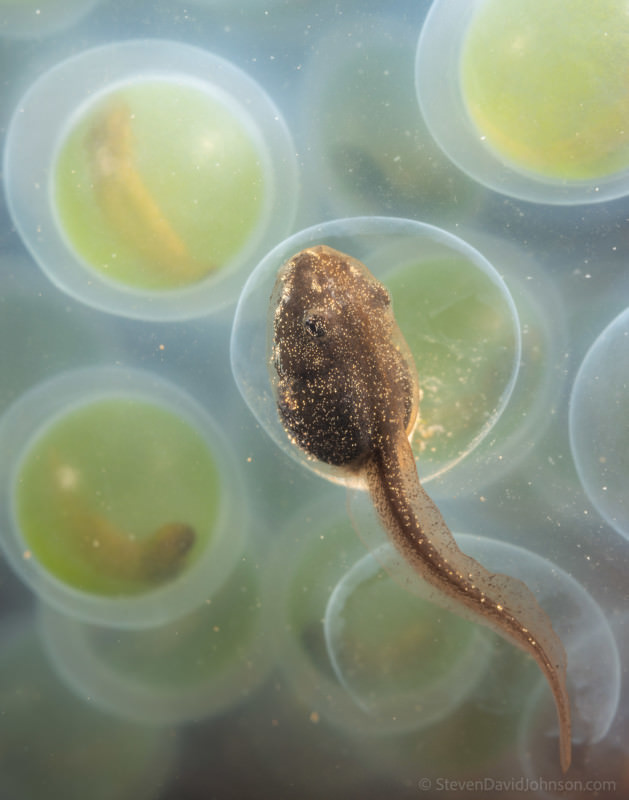
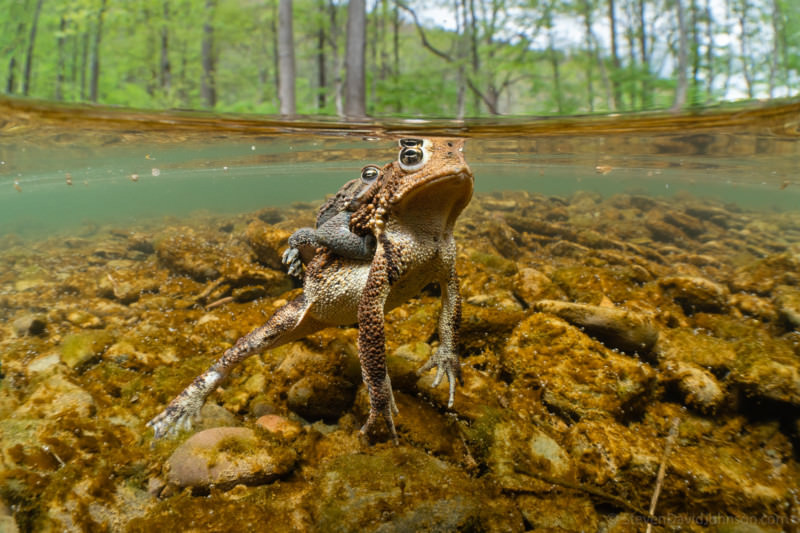
Johnson recommends starting by taking pictures of your backyard regardless of what equipment a photographer has access to. Observing photographers’ living world around them provides a good starting point for documentation.
In his free e-book, Johnson provides detailed insight into his findings, resulting images, practical suggestions for equipment, lighting strategies, and general work tips.
You can see more diverse photos of the environment on Steven David Johnson’s Instagram page.
***











